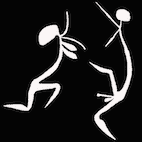Aboriginal Tjuringa
Tjuringa: the hidden Artwork
Even in the 21st century most museums and institutions will not display the Tjuringa that they have in their collections to the public. This is out of respect for the Aboriginal belief that Tjuringa are a vessel for a spirit or Alcheringa and not an artwork. Tjuringa should be considered as a religious relic that should not be seen in person by the uninitiated.
The vast majority of churinga were collected without the collector noting the particular site of collection, name of the churinga or the meaning of the symbology. There are some noted exceptions such as those tjuringa recorded by Spencer and Gillen but even these record only the very surface of a far more complex story.
The songs and stories intermately related to Tjuringa are secret and sacred and only know to the initiated.
As an Aboriginal art expert and committed cultural custodian, I purchase Tjuringa (Churinga)—not for commercial resale, but to ensure their safe preservation. These sacred objects, traditionally used in ceremony by initiated men, are among the most spiritually significant items in Central Australian Aboriginal culture.
Tjuringa are not merely artworks—they are repositories of ancestral law and must be handled with the utmost cultural sensitivity and responsibility.
I do not sell Tjuringa to the public. Instead, when these rare and powerful objects come into my care, I work to ensure they are purchased by institutions committed to their protection—with the ultimate goal being their return to Country whenever appropriate and possible.
If you are in possession of a Tjuringa and are unsure of its value, meaning, or appropriate handling, I welcome confidential enquiries. My aim is always to treat these objects with the cultural reverence they deserve.
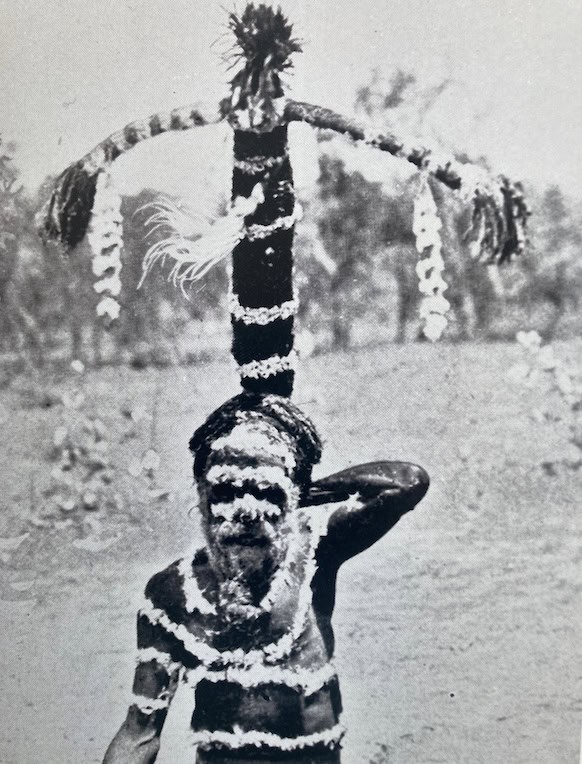
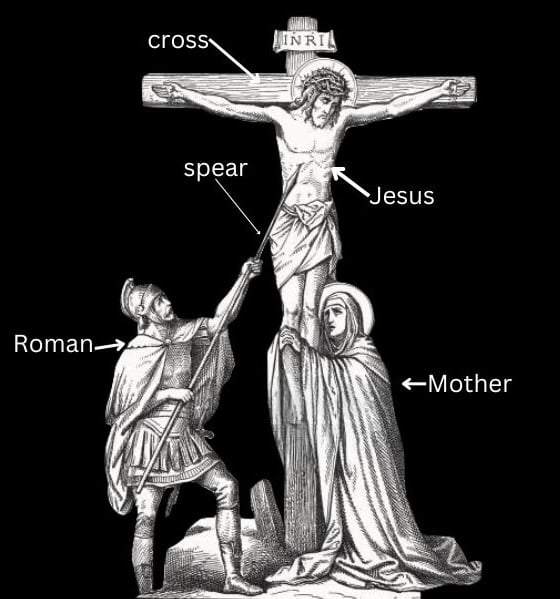
Stone Tjuringa or Churinga are not the equivilent to the bible they are more akin to a worshipped Corpus Christi or a piece of the cross. They are an object of veneration an allegory that summarises a much more complex story with layers of spiritual meaning.
The aboriginal equivilent of the bible is the songs and stories that are handed down verbally in stages to initiates during initiation, with higher grade initiates learning increasingly sacred meanings from the guardians.
A tjuringa was believed to be created by the alcheringa spirit, the same alcheringa that caused his mother to become pregnant with the initiate. An Aboriginal and his tjuringa have the same creator, the same father.
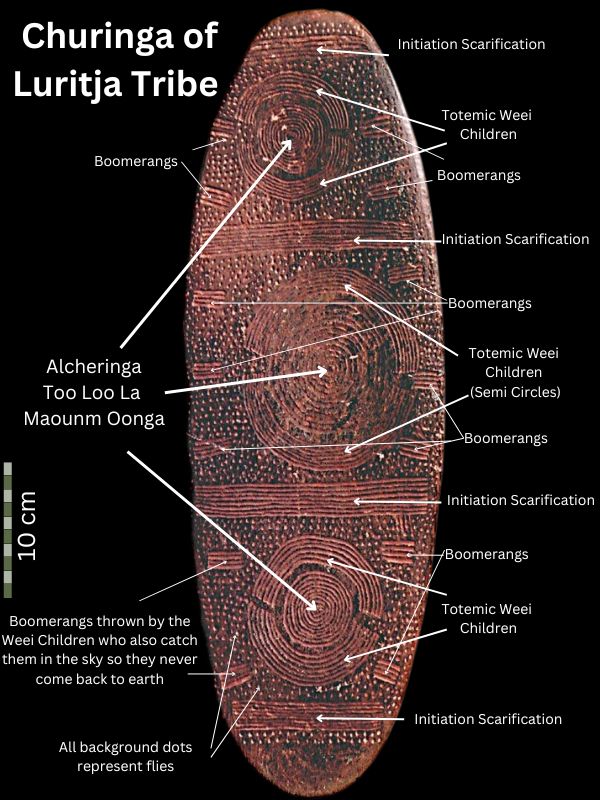
Above: Tjuringa of Papatjokurpa of Luritja tribe
Songline: Yalkeri Mura Mura Munkara Tula Kura parakannee
Provenance Kristian Pareroultja of Luritja tribe (-1949); 2. Rex E. Battarbee, Ntarea (1949-); 3. Sam Fogg Rare Books Ltd., London.
Stone Tjuringa | Stone Churinga
Stone Tjuringa tend to be oval in shape and broader than wooden churinga. They are incised usually on both sides with concentric circles and symbols which tell a story about the travels of particular dreamtime alcheringa spirits. Stone churinga are rarer and believed to be much older than wooden churinga. They are often believed to have been created by the alcheringa spirit itself and therefore more highly venerated by aboriginal people than wooden churinga. An aboriginals kuruna or spirit is intimately associated with his churinga, it is his spiritual brother.
When not being shown to initiates during initiation ceremonies caches of tjuringa’s were hidden in secret caves and rock crevices Pertalchera in areas of extreme taboo called knanikillas .
Knanikillas are sacred site and men that had not passed through the ceremonies of subincision, were not allowed to pass through the knanikillas let alone approach a Pertalchera.
It should be noted that some stone tjuringa were made for sale to anthropologists and travellers especially in the 1970’s.
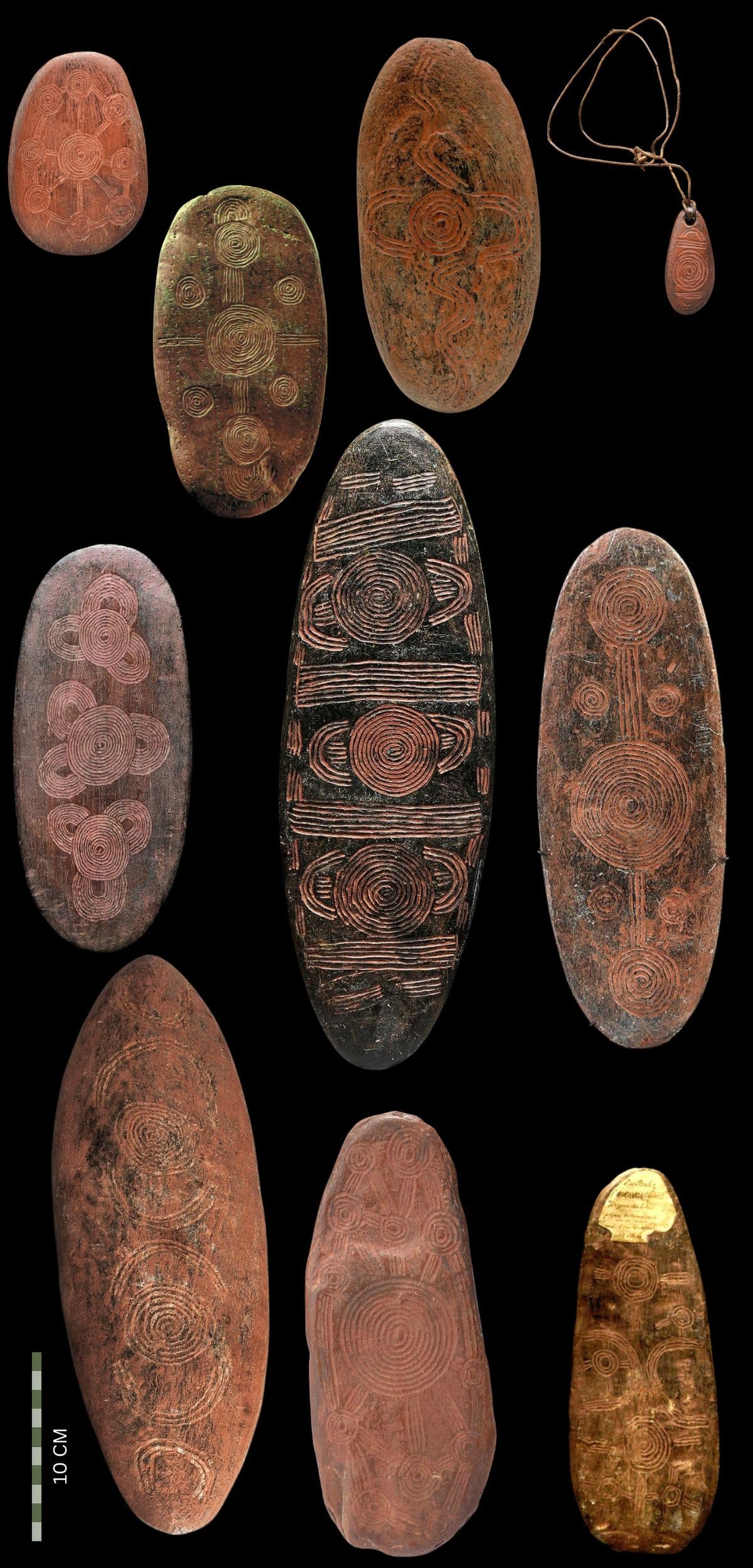
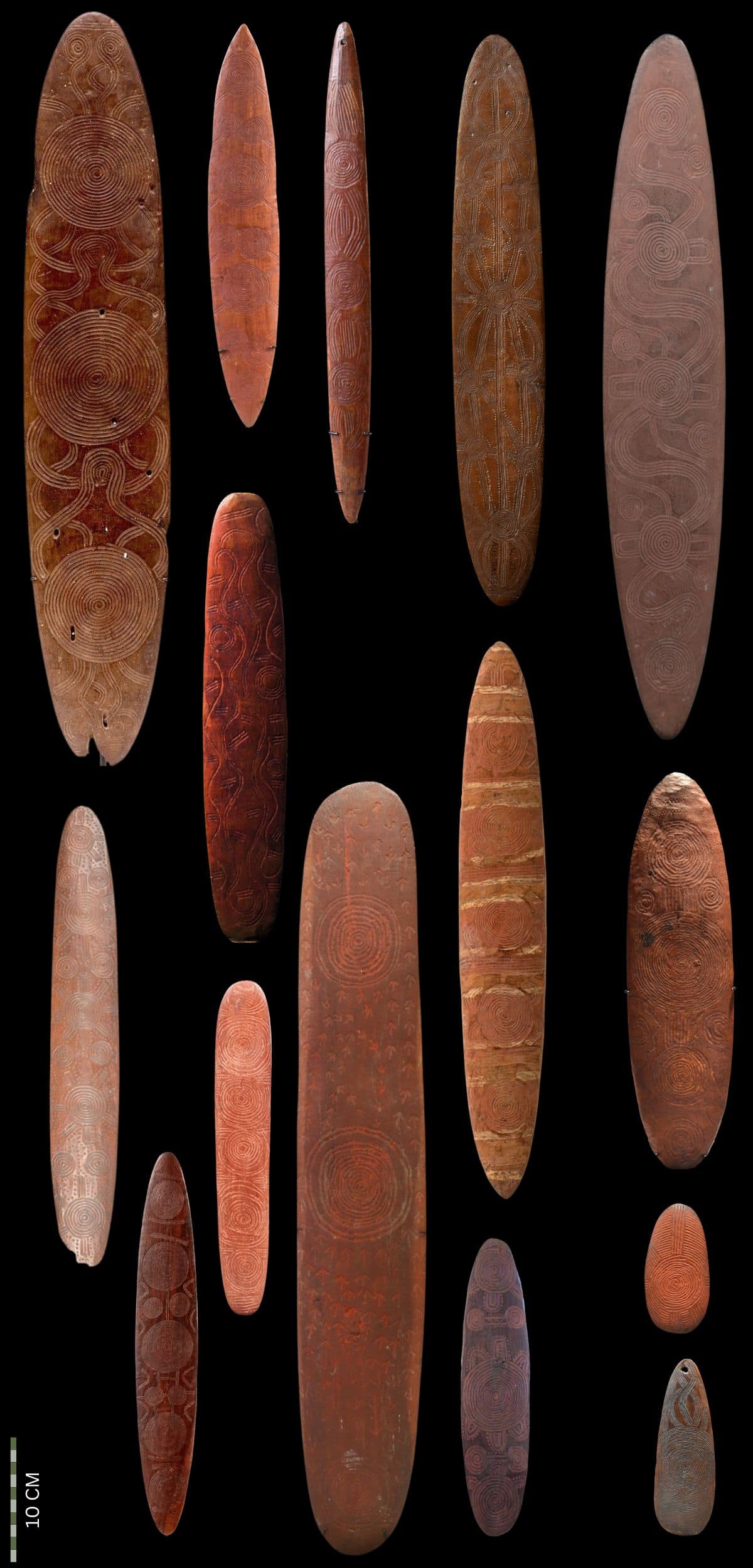
Wooden Tjuringa | Wooden Churinga
Wooden Tjuringa are usually an elongated oval 3 or fout imes longer than they are broad. They are also usually incised on both sides with the same design as on the stone churinga. A wooden tjuringa came into being every time a person of that alcheringa spirit was born. Each male individual had a wooden Tjuringa that was shown to them upon initiation. For this reason they are more common but of great importance to the individual.
Often the whole story related to a Tjuringa is not contained on just one side. Often parts of the story are on one side and other important parts on the reverse.
Wooden Churinga were made for sale by Papunya artists like Kaapa and Timmy Payungka to be sold to anthropologists and travellers. For every old venerated central desert tjuringa that appears on the market there are a half dozen made for sale examples. These made for sale examples still have the same iconography but are often less precise.
The image to the left contains both old used tjuringa and made for sale examples.
If you have a Tjuringa and want me to tell you if it is an old used spiritually important piece or an artwork made for sale please feel free to send me an image.
Shared iconography
The iconography of Tjuringa, traditional ceremonial ground sand paintings and even early papunya paintings share the same symbology.
It is the designs that were originally carved in stone that lead in the 1970’s to the symbols painted on board and canvas. They have the same Aboriginal art meaning.
How old are Tjuringa
Scientifically the oldest stone Tjuringa have not been dated. It seems to me unlikely that they are tens of thousands of years old as many people would like to speculate. If they were this old it would be logical to assume that every Pertalchera would contain thousands upon thousands of wooden Tjuringa because they are kept after a persons passing.
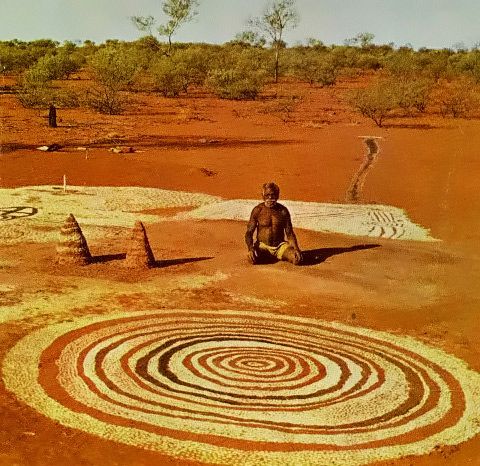
Kimberley Tjuringa | Kimberley dance boards
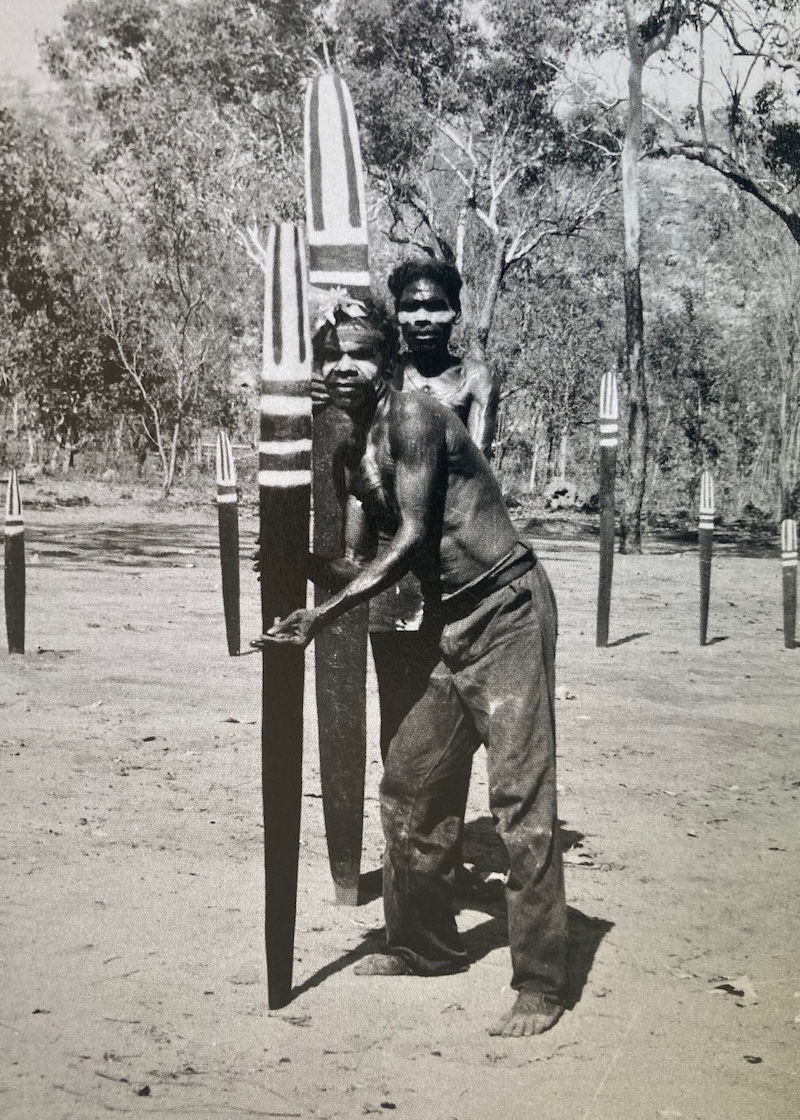
Kimberley dance boards
Kimberley dance boards are far bigger than Central desert tjuringa’s and are incised with geometric patterns. They are always made of wood There is areas between the central desert and the Kimberley where the two iconographes overlap but in general dance boards have straight lines not curved or circles.
These boards are from the West and North west region of the Kimberley and are only engraved on one side. Old examples are not ovals but teardrop shaped ovals.
The carvings are far more abstract and the meaning of the symbols of zigzags lines. concentric squares bands and dots very poorly documented. To further complicate matters these boards were prior to ceremony painted with further designs that disregard the underlying design. The majority of boards collected are void of pigments with the pigments faded or come off altogether.
These boards are sometimes called Lore Boards. Uninitiated and unsubincised men and women were prohibited from seeing the boards and every male had a board within the cache.
In some areas part of the initiation was for the burning hot edge of a board to be placed on the initiates chest causing burns that become initiation scarification. The blood from the sub incision was sometimes rubbed into the owners board. They contain powerful mojo and handling by women believed to cause miscarriage or birth defects.
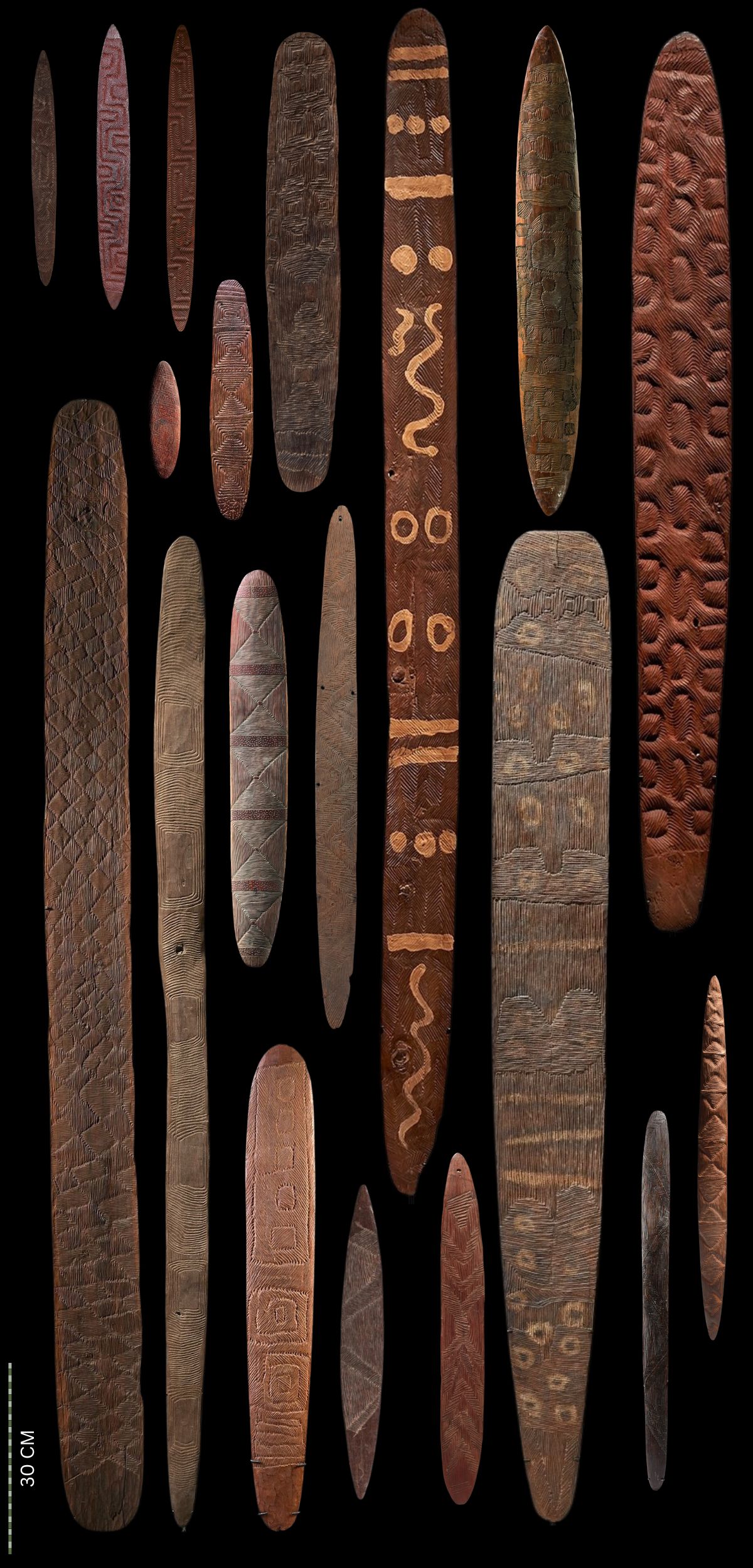
Kimberley Tjuringa
Kimberley Tjuringa should really be referred to as Kuranara the name used bu Kimberley people.
These boards can be devided into two main types.
The first type are often referred to as hair pins because they were used during ceremony as a hair adornment. These tend to be between 30 and 45 cm.
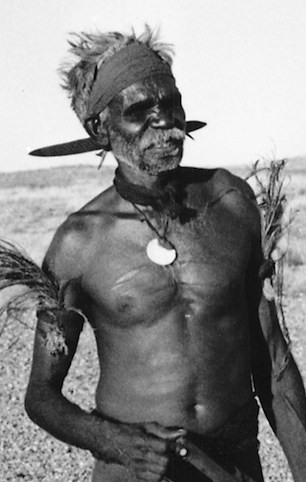
Proper dance boards are larger and can be upto 3.5 metres in length.
Old Kimberley boards tend to be slightly concave on the carved face and slightly convex on the uncharted surface.
Many of these dance boards were not made for ceremony but made for sale. The made for sale examples are rarely as well carved or have overlying pigment.

The image to the left contains both ceremonially used examples as well as made for sale examples.
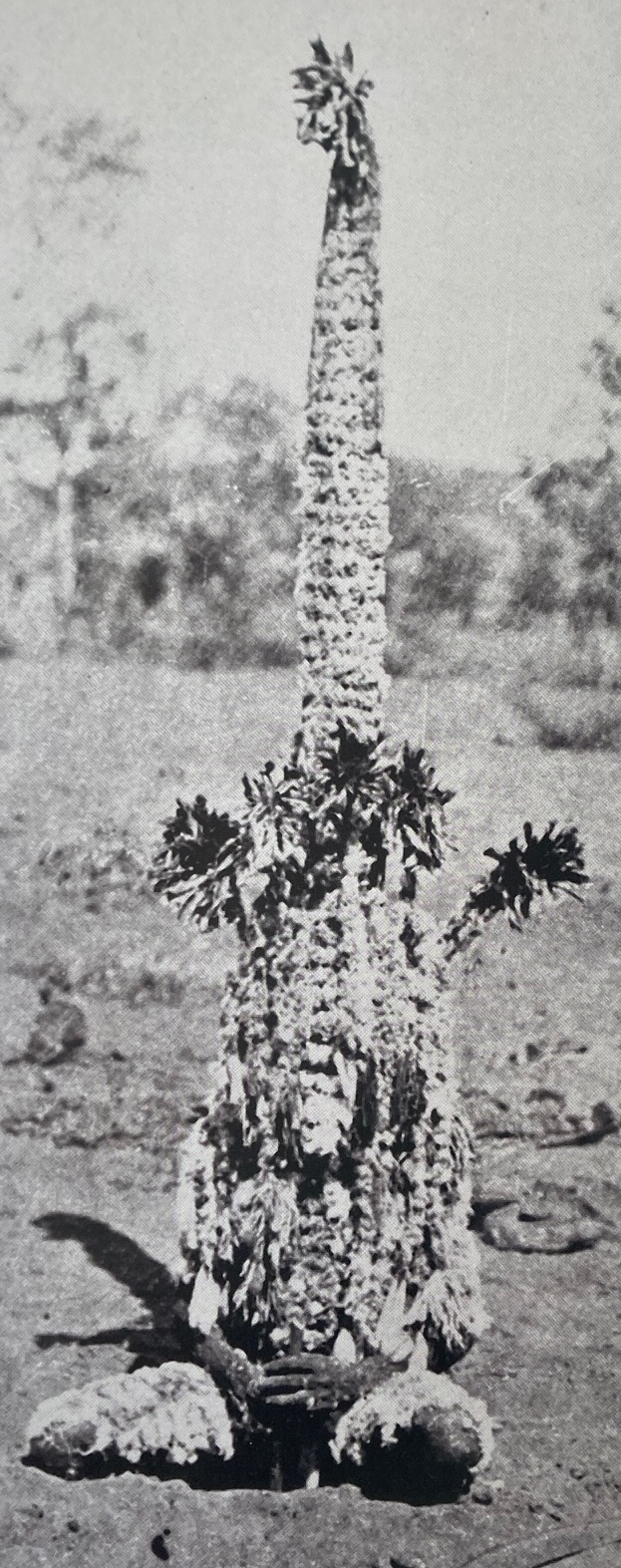
Tjuringa’s and Kimberley Dance boards
It is a great pity that so many of these wonderful objects have found there way out of Australia. They are I think the gems of Aboriginal art and as with other religious objects made with the greatest devotion and care.
I would like to know more about Kimberley dance boards as the literature is very sparse. If you are from that region and willing to share your knowledge please feel free to contact me.
I realize I have only just scratched the surface of this intriquing belief system and set of customs and ceremonies.
There is far more to know and understand and remains hidden but perhaps the power of the hidden is greater when it remains just that.
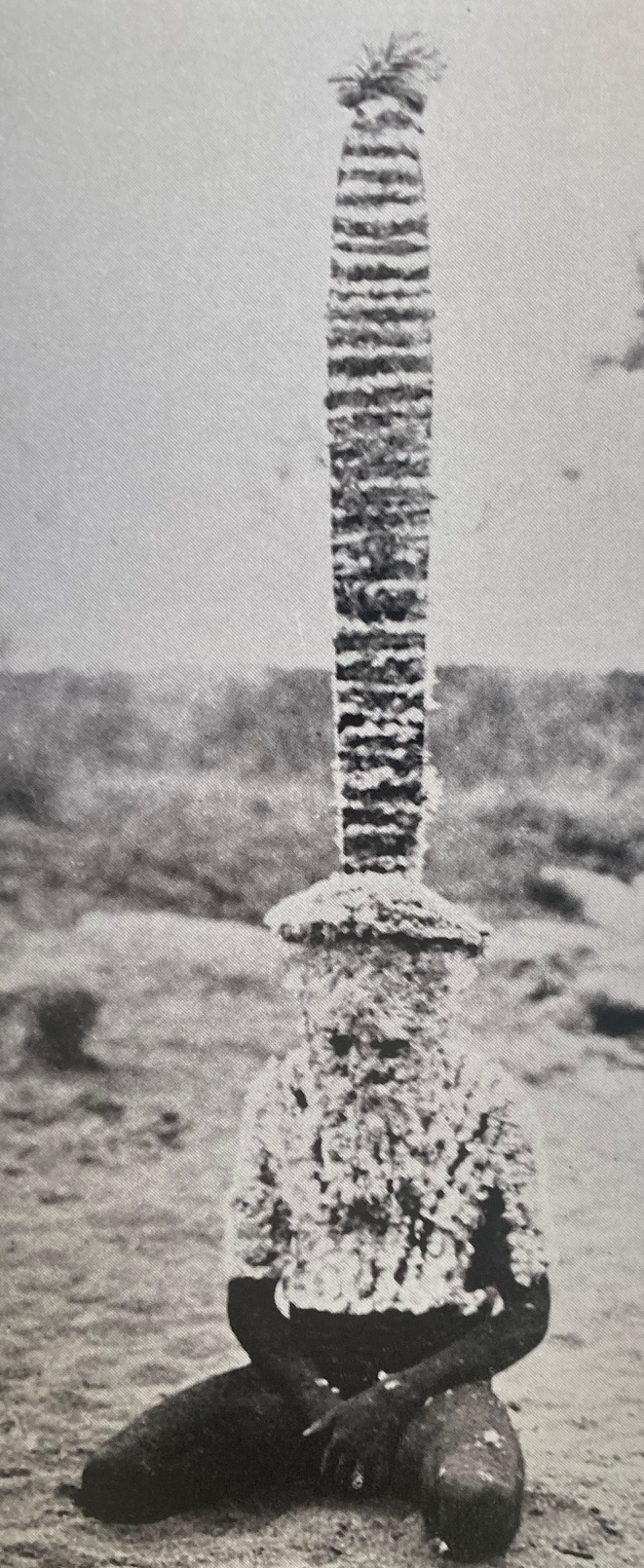
Further reading
All images in this article are for educational purposes only.
This site may contain copyrighted material the use of which was not specified by the copyright owner.
